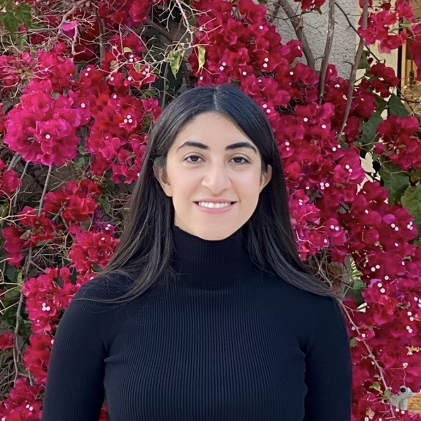Circle Quasi-Cartograms: Dorling Cartograms with Edge Connections and Relaxed Overlap Conditions
Published in 1st ACM SIGSPATIAL International Workshop on Human-Centered Geospatial Computing - Minneapolis, MN, 2025
Authors: Tarlan Bahadori, Alvin Chiu, Ahmed Eldawy, Michael Goodrich
Circle Quasi-Cartograms introduce a lightweight, scalable alternative to classical cartograms. Instead of deforming polygonal regions, our method assigns each region a circle with area proportional to its attribute of interest while preserving adjacency and relative spatial layout. The technique is designed for large geospatial datasets where traditional cartogram algorithms are too slow or produce excessive distortion.
Why Circle Quasi-Cartograms
Full cartogram generation is often computationally expensive and difficult to interpret. Our circle-based approach offers a clearer, more stable representation that highlights attribute magnitudes while maintaining geographic intuition. The method easily integrates into modern vector-tile pipelines and supports interactive visualization at scale.
Key Capabilities
- Topology-preserving circle arrangement retaining neighborhood relations
- Area-proportional encoding for intuitive comparisons
- Fast convergence suitable for large datasets and web-mapping workflows
- Compatible with MVT pipelines and tiled rendering systems
Artifacts:
